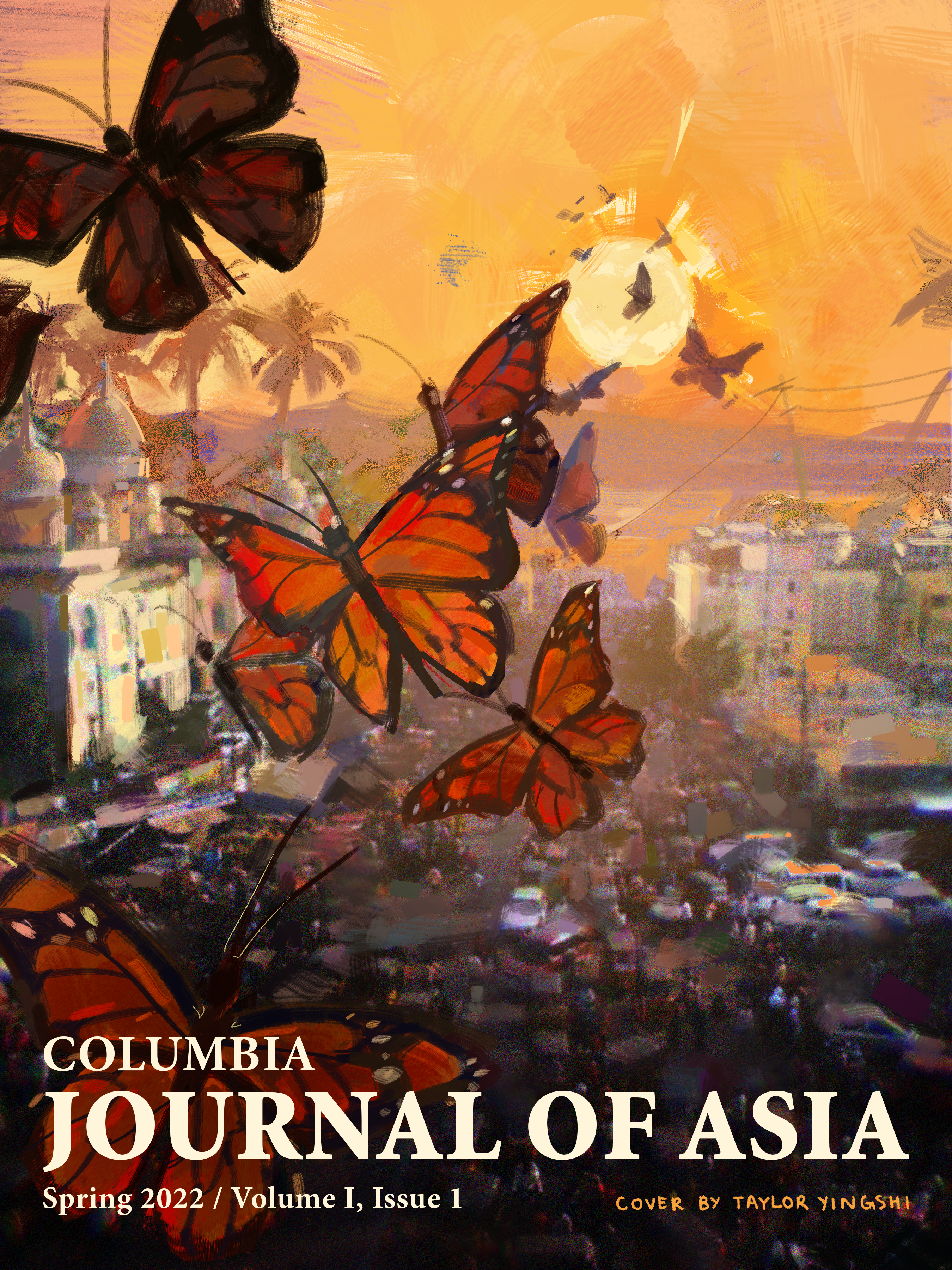Abstract
English’s status as the “lingua franca” of science has allowed for the expansion of science communication around the world. However, the remnants of the English educational system from British colonization have also furthered sociocultural disparities on the ground level in countries such as India, which is home to over a dozen national languages that are lost in the process of translating scientific concepts. Analyzing barriers in translating English-based science communication methods into vernacular Indian languages includes assessing linguistic feasibility, breaking down stigma apprehension surrounding topics such as HIV transmission and mental health, combatting the lack of institutional support, balancing time constraints, and understanding cultural context. In doing so, science professionals can embrace linguistic diversity while empowering the general public and promoting wider science accessibility during crucial times such as the current COVID-19 pandemic. Multilingual science approaches will not only be able to strengthen Indian citizens’ connection with science but also set the tone for broader global science communication efforts.

This work is licensed under a Creative Commons Attribution 4.0 International License.
Copyright (c) 2022 Chinmayi Balusu

